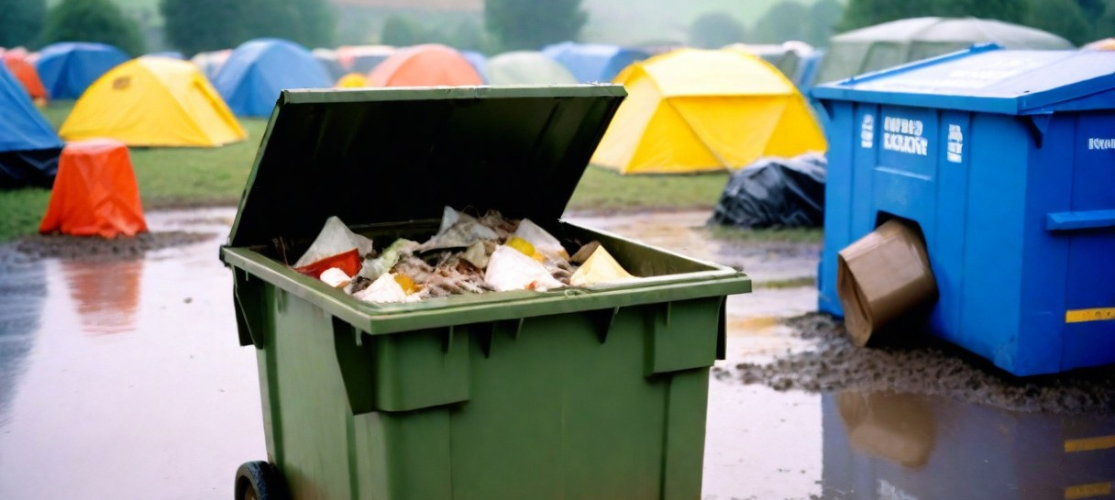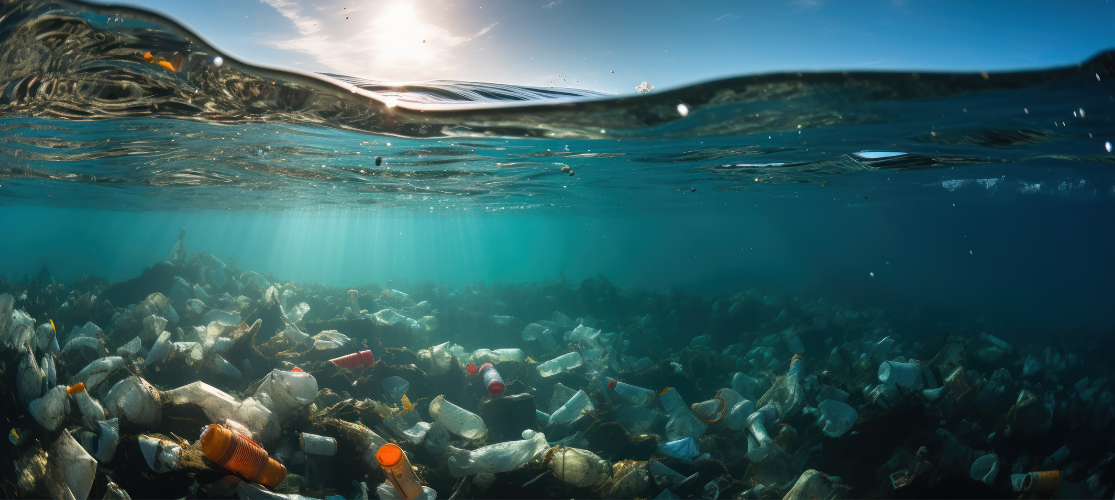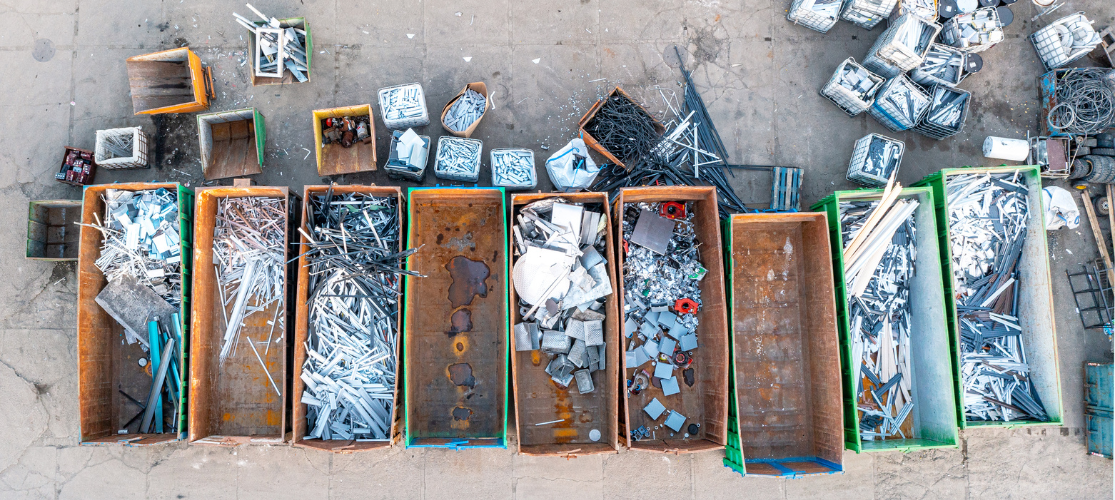With the environmental crisis at the forefront of most people’s minds, we are on the hunt for ways to become more sustainable. In this article, we will explore the circular economy, what it is, its advantages and disadvantages, and how it links to sustainability models of responsible waste disposal. Let’s jump into it!
What is the circular economy?
The circular economy is an evolution of the way we produce and consume goods and services. It represents a transformative approach to the economy, centred on the core principles of eliminating waste and pollution, and prolonging the lifespan of products and materials.
Equally important are initiatives to revive the world’s natural habitats, establish regenerative agricultural systems, employ sustainable materials, and transition to renewable sources of energy.
Instead of our current attitude towards using resources – ‘take, make, throw away’- the circular waste system is about making things that last. We should design products to be strong, reusable, and easy to recycle.
The 2021 Circularity Gap Report found that the world is only 8.6% circular, leaving a massive Circularity Gap. The circularity gap is found by measuring the share of cycled materials against the total material inputs into the global economy every year. It has dropped by 0.5% in just 2 years – which is showing that we have a lot of work to do.
What are the benefits of the circular economy?
There are a number of benefits to moving towards a circular economy rather than a linear one:
- Resource conservation: A circular economy reduces the extraction of new raw materials, preserving natural resources and ecosystems.
- Waste reduction: It minimises the generation of waste and landfill disposal, which reduces the environmental pollution.
- Energy efficiency: Recycling and reusing materials rather than producing new ones from scratch requires less energy, helping to lower greenhouse gas emissions.
- Cost saving: Businesses can reduce their costs by extending the lifespan of their products and avoiding waste disposal expenses.
- Economic growth: A circular economy can create new business opportunities in industries such as recycling, manufacturing and repair services, which could contribute to new jobs and economic growth.
Overall, a circular sustainability model for the economy promotes a more sustainable and efficient way of producing and consuming goods, benefiting both the environment and society.
Are there any disadvantages of a circular economy?
While the concept of a circular economy offers numerous benefits, it is important to recognise that there can be potential disadvantages associated with its implementation. These disadvantages include:
- Transition costs: Shifting from a linear model to a circular one can have significant upfront costs to pay for new processes.
- Complexity: Implementing circular economy principles often involves more complex supply chains and product design processes. This complexity can pose challenges for some businesses, especially smaller ones with limited resources and expertise.
- Resistance: Industries may resist the changes required for a circular economy due to concerns about profitability or a lack of awareness about circular principles. Consumers may resist moving away from the “throwaway culture” that they are used to, where products are disposable and easily replaceable.
- Resource availability: A circular economy relies on a steady supply of recycled and secondary materials. If these materials are in short supply, it can limit the effectiveness of circular initiatives.
Addressing these challenges will require a combined effort from governments, businesses, and consumers, in order to overcome barriers to implementation.
How is a circular economy linked to waste disposal?
A circular economy is intricately related to waste disposal services, as it fundamentally redefines how we manage and minimise waste. As we discussed above, one of the core principles of a circular economy is waste prevention. In order to reduce waste, manufacturers are encouraged to create products that are not only functional but also built to last, are easy to repair, and are designed for multiple uses. This change in product design not only reduces the amount of waste generated but also decreases the frequency with which products are discarded, ultimately lessening the reliance on traditional waste disposal services.
According to the Chatham House Organisation, an average person causes four times their own body weight of waste every year and around one-third of this waste is mismanaged. For a circular waste system to work, better communication and sorting systems are required.
Instead of solely focusing on waste collection and landfill disposal, in a circular model, waste disposal services will transform into more of a resource recovery service, taking a more proactive role in resource management.
How EJ Shanley are helping to move waste disposal towards a more circular model
At EJ Shanley, we already have a large focus on recycling services, sorting and recycling skip waste, recycling scrap metal and old vehicles. We are already working to actively extract and recycle valuable materials from waste streams, ensuring that resources such as metals, plastics, and paper are repurposed into secondary raw materials for manufacturing new products.
Contact us today to discover how we can help you on your path towards a more sustainable future.


